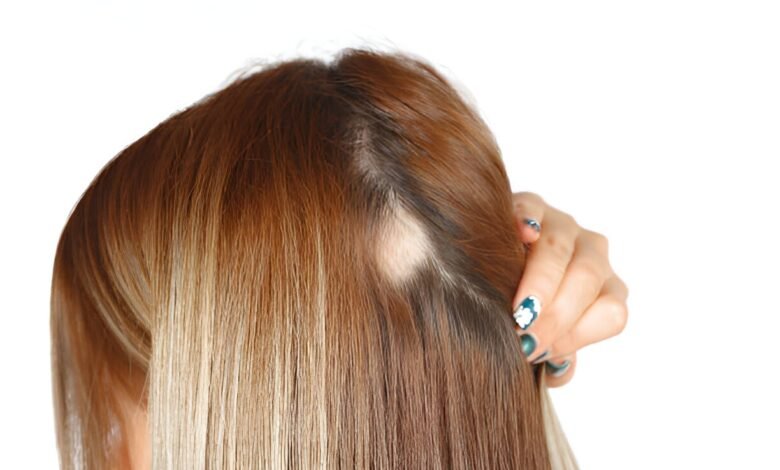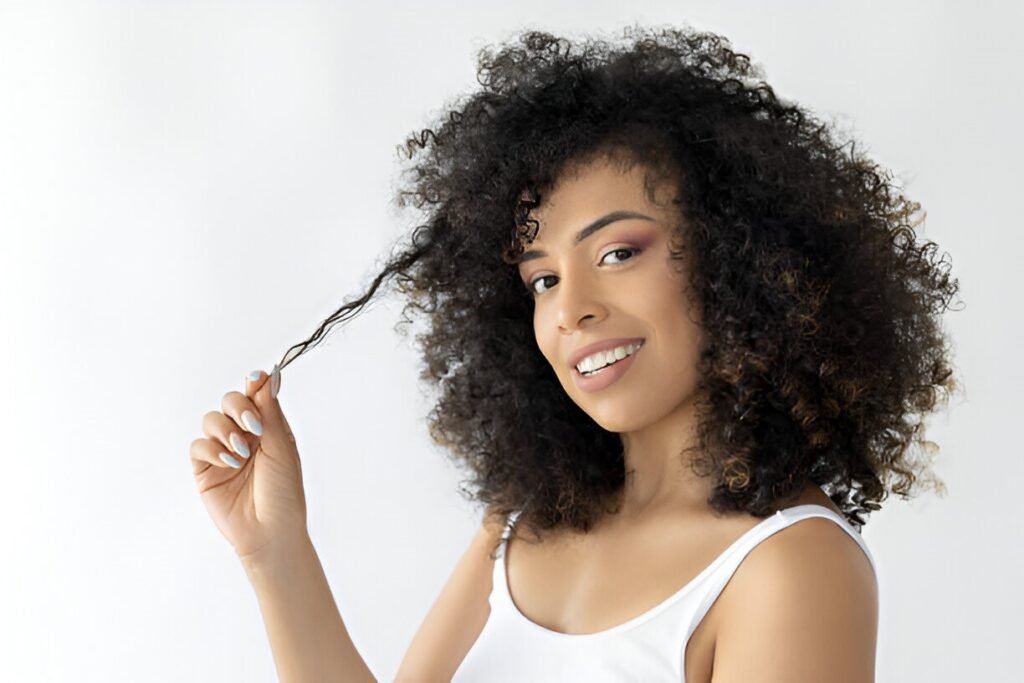The Truth About Natural Extensions and Hair Loss: What Dermatologists Want You to Know

Hair extensions have long been a staple in beauty routines, offering volume, length, and versatility for those wanting to enhance their natural look. However, many people—especially those with textured manes—worry about the long-term effects of extensions on scalp health. Can extensions lead to permanent hair loss? Are some types safer than others? And most importantly, how can you enjoy fuller, fabulous tresses without causing damage? This article unpacks what dermatologists and trichologists say about extensions and their relationship to shedding and thinning, while also providing practical solutions that protect your strands and scalp.
Can Extensions Really Lead to Permanent Hair Loss?
The short answer is: yes, but only in specific circumstances. When extensions are applied improperly or worn for prolonged periods without maintenance, they can cause excessive tension on the scalp. This condition, known as traction alopecia, results from repeated pulling that damages the follicle and surrounding skin tissue. While early signs of traction alopecia—like thinning edges, scalp tenderness, or small bald patches—can be reversed, long-term neglect may lead to irreversible follicle damage.
Many clients experiencing breakage from heavy styles initially report symptoms like:
- A receding hairline or “thinning perimeter”
- Increased shedding when removing styles
- Itchy, inflamed, or flaky scalp
- Hair loss in areas where extensions were tightly applied
That said, not all extension methods are inherently damaging. Some can actually serve as protective styles when installed correctly and not overly manipulated. For example, lightweight textures such as Kinky Curly Hair Weave Bundles tend to blend seamlessly with natural strands, reducing the need for excessive styling and manipulation. When installed by a trained stylist and removed on time, these bundles can help retain length and promote a healthier growth cycle.
See also: Rediscover Home Cooking with Fitted Kitchens Designed Just for You
Which Extension Types Are Safest for Natural Hair?
When it comes to extension safety, the method of application plays a more critical role than the extension itself. Dermatologists often recommend low-tension, lightweight options that don’t pull on your scalp or cause friction against your mane. Among the safest choices for natural-textured individuals are Tape in hair extensions, which are applied flat and close to the root without braiding, bonding, or sewing.

These extensions are:
- Lightweight and gentle on the scalp
- Installed without heat or glue (if using medical-grade tape)
- Easy to remove and reuse
- Ideal for fine to medium-density tresses
Because Tape In Hair Extensions distribute weight more evenly across your strands, they are less likely to cause stress-induced breakage or scalp inflammation. However, the key to safety lies in proper placement. They should never be placed too close to the scalp or on fragile areas like your hairline. An experienced stylist will also avoid layering too many wefts in one section, which can create unnecessary pressure and reduce circulation to the follicles.
Other safe alternatives include:
- Clip-ins for occasional use
- Halo extensions (non-invasive and headband-based)
- I-tip or microlink methods (when installed with precision and care)
Regardless of the type, regular removal and proper cleansing of both scalp and extensions are vital to avoiding buildup, fungal infections, or clogged follicles.
How to Install Extensions Without Damaging Your Strands
Even the gentlest extension method can become harmful if not installed or maintained properly. The biggest culprits of extension-related damage often stem from improper handling during:
- Application
- Styling
- Detangling
- Removal
To ensure you’re protecting your natural mane throughout your extension journey, follow these dermatologist-approved best practices:
Installation Tips:
- Visit a certified stylist who specializes in your texture type.
- Avoid installing extensions on freshly relaxed or color-treated tresses.
- Keep braids or base sections loose enough to slide a finger between them and your scalp.
- Use high-quality products for installation (e.g., medical-grade tape, non-damaging thread, sulfate-free products).
Maintenance Tips:
- Cleanse your scalp every 7–10 days with a gentle shampoo.
- Moisturize your natural strands beneath the extensions to prevent dryness and breakage.
- Avoid styles that pull too tightly (e.g., high ponytails, buns).
- Sleep in a satin bonnet or on a silk pillowcase to reduce friction.
Removal Tips:
- Never rip or cut extensions out without softening the adhesive or thread first.
- Use a detangler or oil to help loosen any knots or buildup.
- Detangle from the ends to the root to reduce shedding and breakage.
Being proactive with maintenance not only protects your natural tresses but also helps you get the most out of your extensions, extending their lifespan and minimizing the cost of frequent replacements.
FAQs: Extensions & Hair Health
Q1: Will I go bald if I wear extensions too often?
Not necessarily. Damage usually results from improper installation, neglect, or lack of maintenance—not the extensions themselves. With proper care, many people wear extensions long-term without issues.
Q2: Can I regrow my edges after losing them to tight styles?
Yes, early-stage traction alopecia is often reversible. Stop wearing tight styles immediately, massage your scalp to stimulate circulation, and consider using topical treatments like castor oil or dermatologist-approved serums.
Q3: Are extensions safe for people with naturally thin or fine hair?
Yes, but lighter methods like tape-ins or halo extensions are recommended. Always consult a stylist to determine the best technique for your hair type.
Q4: Should I take breaks between extension installs?
Absolutely. Give your scalp time to breathe between installs—ideally 1–2 weeks—to prevent long-term tension and promote natural growth.
Final Thoughts
Extensions, when chosen and applied wisely, can enhance your natural beauty and protect your mane during its growth phase. The goal is not to avoid them altogether, but to make informed, scalp-safe decisions. Whether you’re considering Kinky Curly Hair Weave Bundles for volume or switching to gentle alternatives like Tape in hair extensions, remember—your tresses deserve just as much care as the styles you wear.
When in doubt, consult a trichologist or board-certified dermatologist to create a healthy hair plan that supports both your style and scalp.

